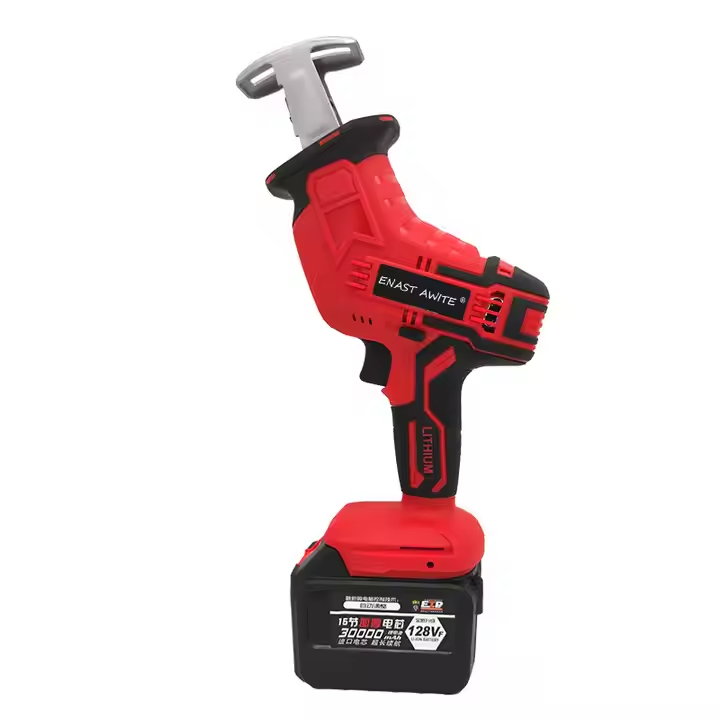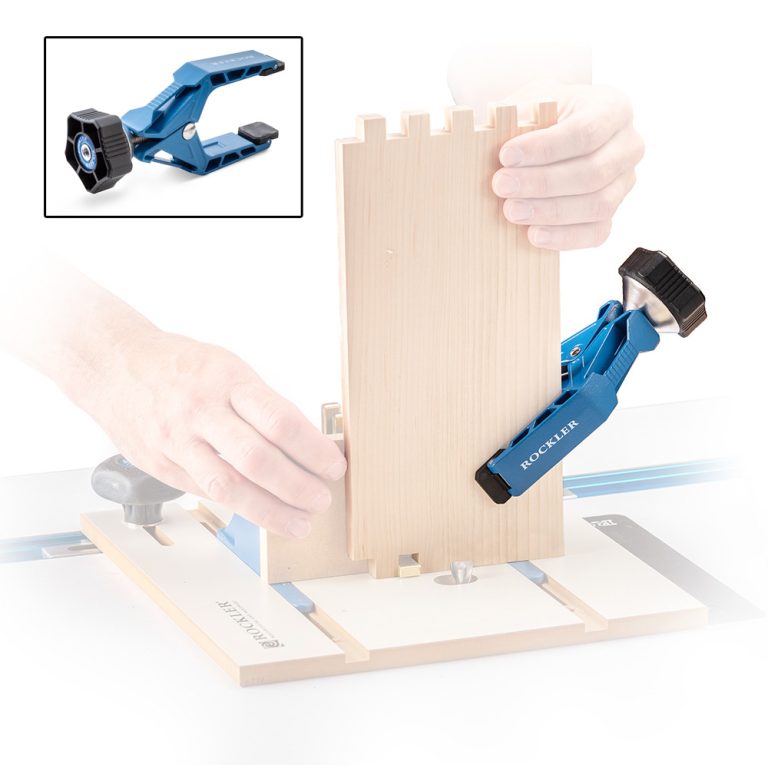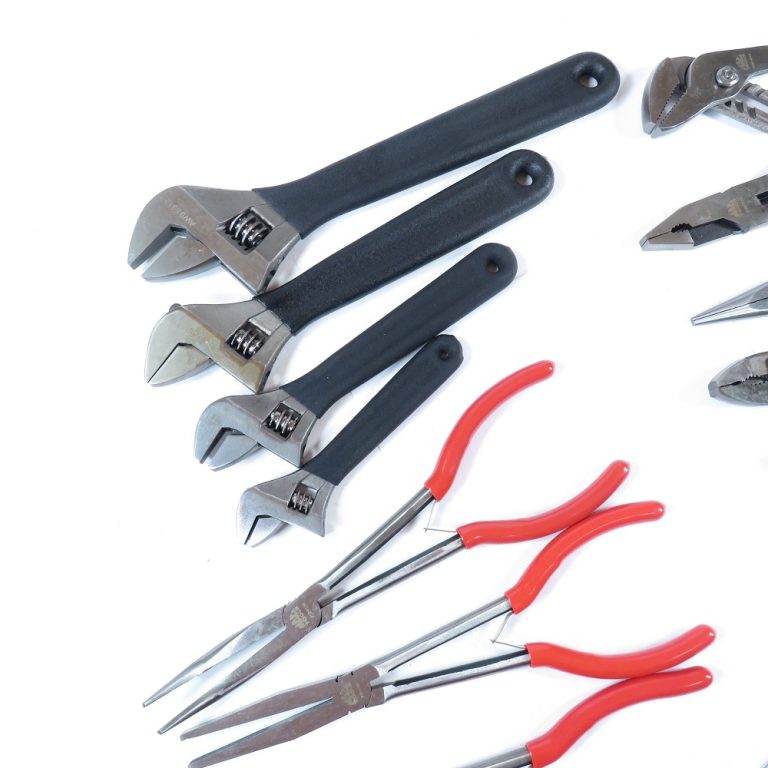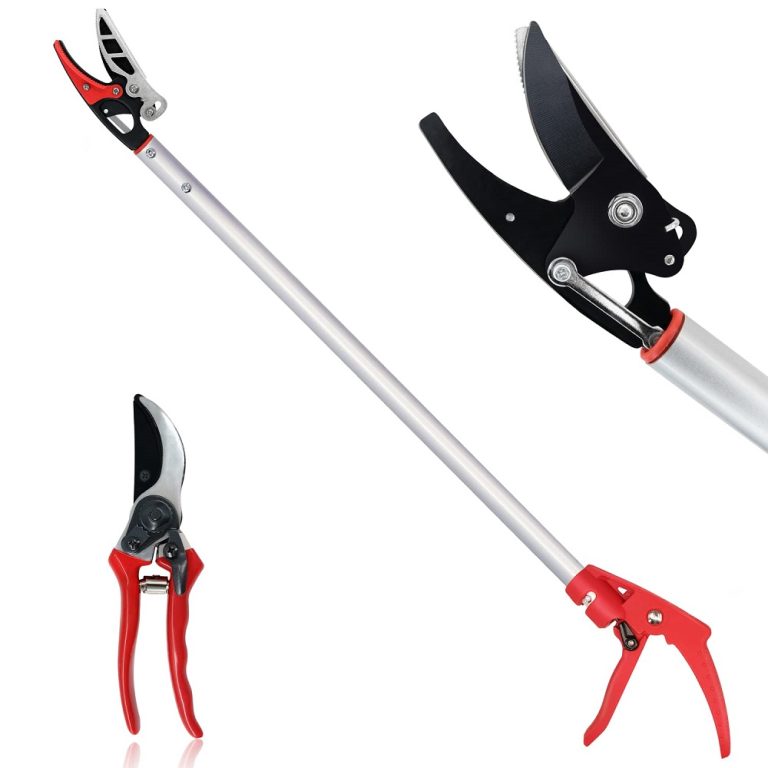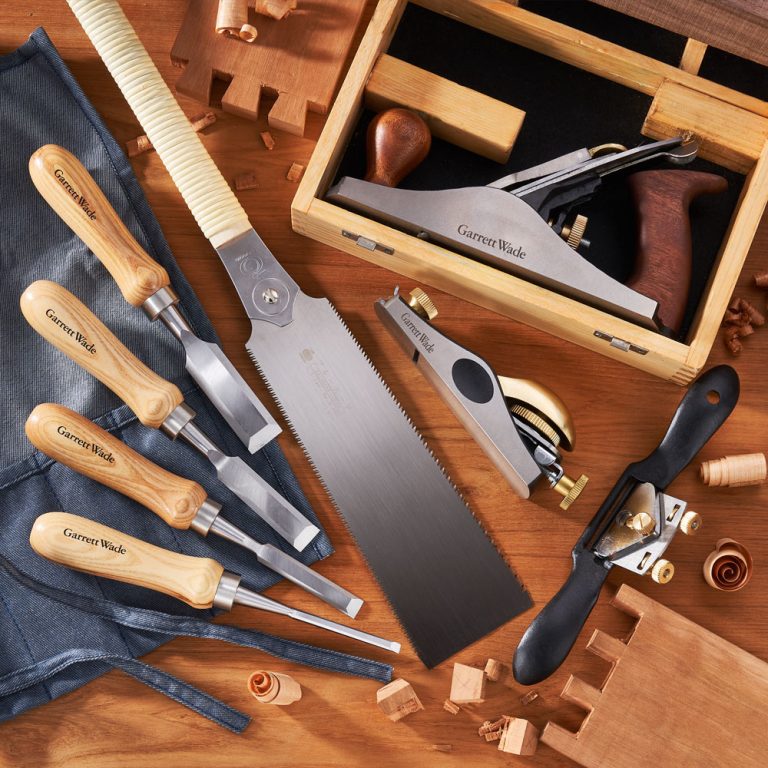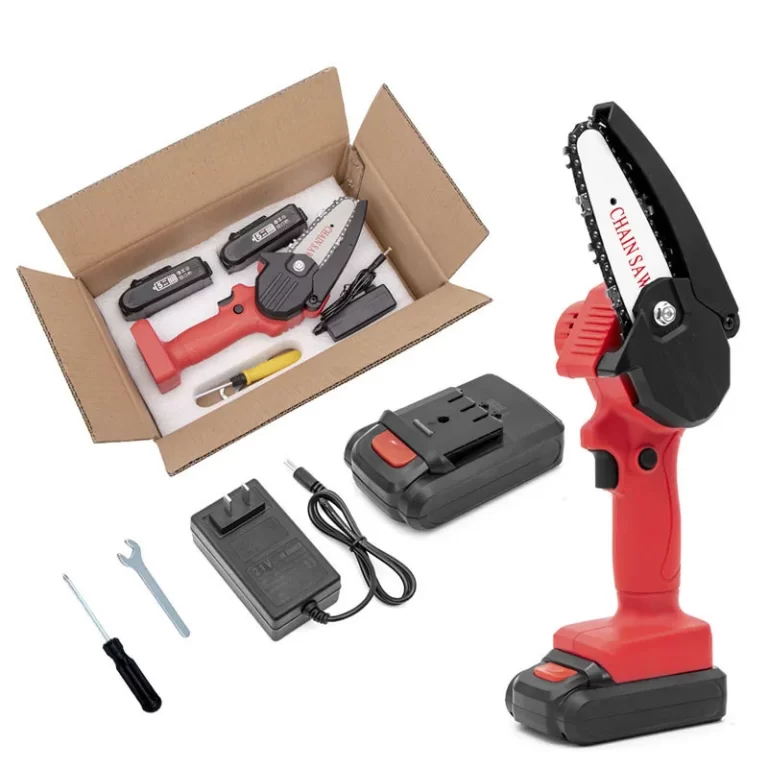Introduction to Electric Saws
Electric saws are versatile tools in both professional and DIY projects. These tools have transformed how workers handle cutting tasks across various materials such as wood, metal, and plastic. Types of electric saws: The evolution of electric saws from traditional hand saws to highly specialized power tools marks a significant advancement in tool technology.
Electric saws come in several types, each designed for specific applications. From circular blades to complex reciprocating models, electric saws offer precision and efficiency. This guide will delve into the different types of electric saws, highlighting their distinct functions and benefits. Understanding these tools can greatly enhance your project execution and results.
Professionals and hobbyists alike can benefit from the right electric saw, making it essential to choose based on your specific needs. We will explore these types further in the following sections.
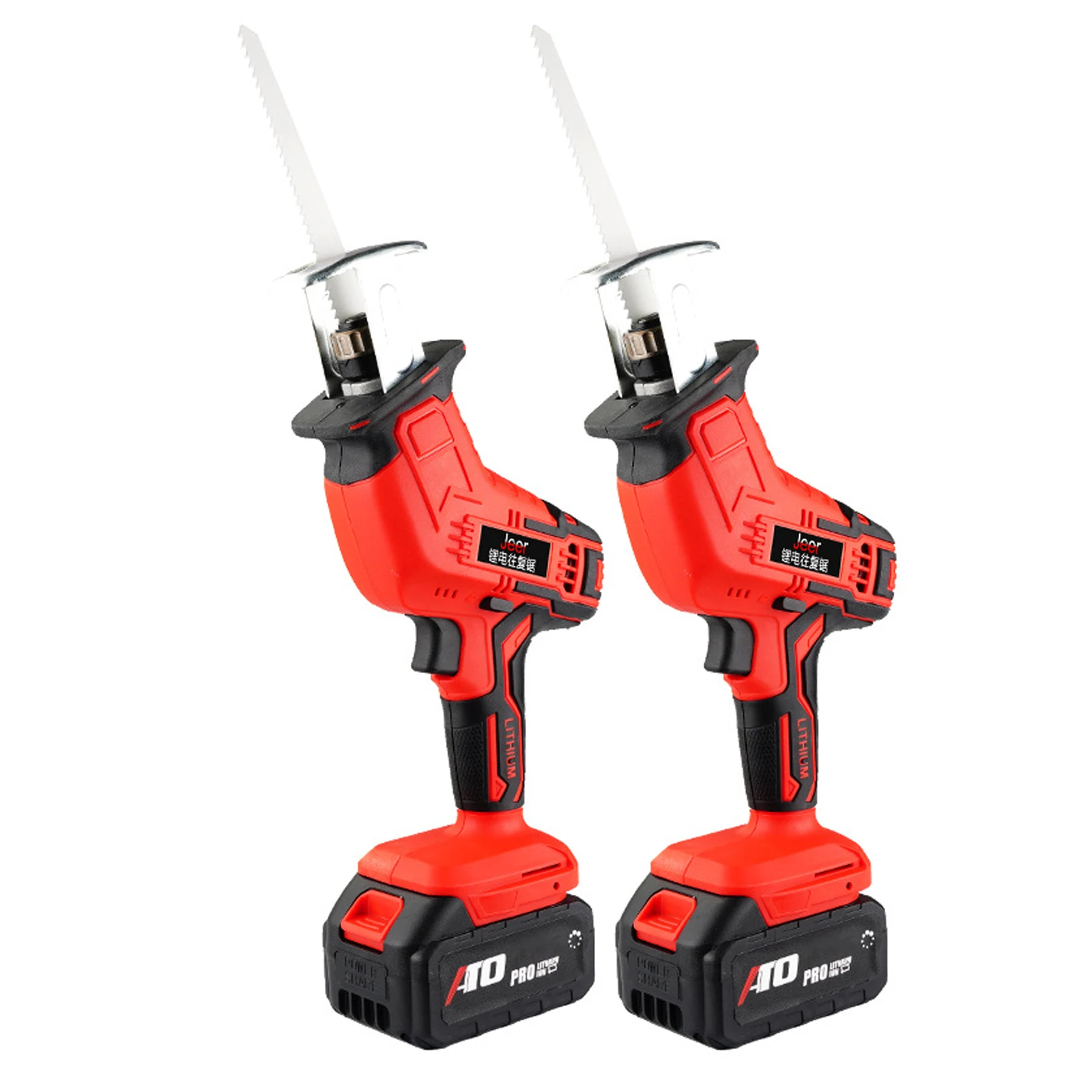
Different Types of Electric Saws
Navigating through the world of electric saws can be overwhelming due to the sheer number that exists. Let’s demystify the most common types and their ideal uses, which will aid in selecting the perfect saw for your project.
Circular Saws
Circular saws are a must-have in any toolkit. Known for their circular blades, they make quick work of cutting straight lines in wood, metal, or masonry. Their portability makes them a top pick for on-site work, as they can easily be carried to different locations. Whether you’re cutting long wooden planks or sizing metal sheets, the circular saw is an efficient choice.
Reciprocating Saws
Reciprocating saws excel in demolition work. With a back-and-forth blade motion, they cut through material roughly, making them ideal for jobs that require less precision and more power. These saws can quickly slice through pipes and are commonly used by electricians and plumbers for their versatility.
Jigsaws
If you require intricate cutting, jigsaws are your go-to tool. They are specifically designed to cut curved and irregular shapes with precision. The unique vertical movement of their blades allows for detailed work on various materials, including wood and thin metal.
Chainsaws
Powerful and recognizable, chainsaws are the heavyweights used in forestry to cut down trees and prune branches. Their design—a sharp chain rotating around a guide bar—makes them suited for heavy lumber. They’re also surprisingly versatile, being used in creative fields like ice-sculpting.
Miter Saws
When it comes to making precise angled cuts, miter saws rise to the challenge. Compound miter saws in particular can tilt the blade for beveled cuts, making them indispensable for creating joints in woodwork. For consistent results in making identical cuts, a miter saw’s precision is unmatched.
Table Saws
For those pursuing speed and accuracy in their cuts, table saws are the workhorses of the woodworking world. These saws can perform an array of cuts—cross, angled, or bevel—with a sharp, fast-spinning blade. Essential in expert workshops, table saws command respect due to their power and potential danger.
Cut-off Saws (Chop Saws)
Simple yet effective, cut-off saws are the baseline tool for cross-cutting metal. They come with a sturdy disc and are commonly found in construction and manufacturing, where they’re used to slice through metal with precision.
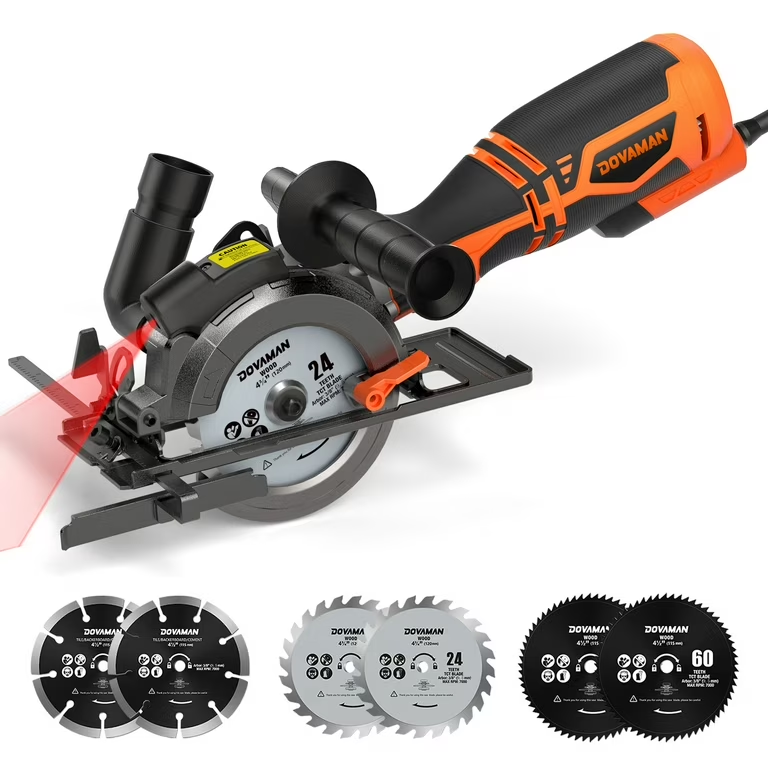
Key Considerations When Selecting an Electric Saw
Choosing the right electric saw involves several factors. Let’s examine the key considerations to guide your decision.
Assessing the Material and Cut Type
First, consider the material you’ll be cutting. Different saws excel with various materials like wood, metal, or plastic. Next, think about the cut type. Straight, curved, or intricate cuts require specific saws.
- Circular saws: Ideal for straight lines on wood or metal.
- Jigsaws: Best for detailed, curved cuts on multiple materials.
- Table saws: Perfect for precise, long cuts on wood.
Considering Saw Portability and Power Source
The job location affects your choice. For on-the-go tasks, a portable saw is vital.
- Cordless saws offer freedom of movement but may have less power.
- Corded saws need a power source but usually provide more strength.
Think about battery life for cordless models, and consider the availability of electricity for corded ones.
Safety Features and Ease of Use
Safety is critical when using electric saws. Look for features like:
- Safety guards
- Automatic shut-off
- Non-slip grips
These can prevent accidents. Additionally, choose a saw that you find easy to handle and control. An ergonomic design can reduce fatigue and improve precision.
By considering these aspects, you’ll be more likely to select an electric saw that meets your project demands and ensures a safer working environment.
Applications of Various Electric Saws
Construction and Demolition
Electric saws are vital in construction and demolition. Circular saws and reciprocating saws are top picks for their power and portability. Uses include cutting through wood planks and pipes during a site teardown. Chainsaws also play a role in demolition. They can tear down wooden structures quickly. Safety is key, so users must handle them with care.
Precision Woodworking and Crafting
For finer work, like detailed furniture making, jigsaws and miter saws are essential. Jigsaws can cut complex shapes with precision. Types of electric saws:Miter saws offer clean, angled cuts needed in joinery. Table saws enable users to make long, straight cuts or cut grooves with accuracy. They are ideal for crafting and detailed woodworking tasks.
Metal and Masonry Cutting
When working with metal or masonry, cut-off saws (chop saws) are effective. They make clean, straight cuts through metal rods and sheets. Masonry tasks require specialized blades that can handle the material’s hardness. Circular saws can also be fitted with the right blades to cut through metal and stone.

Tips for Maintaining Your Electric Saw
Proper maintenance of your electric saws is crucial for their longevity and performance. By following these tips, you can ensure that your saws remain in great condition, providing reliable service for your projects.
Check and Replace Blades Regularly
Inspect the blades often for wear and tear. Dull or damaged blades can hinder your saw’s efficiency and are more dangerous to use. Replace them as needed to maintain a sharp cut and safe operation.
Keep Saw Clean
After each use, clean your saw to remove dust and debris. This helps prevent build-up which can affect the saw’s functionality. Use a brush or cloth to gently clean the blades and saw body.
Lubricate Moving Parts
Applying lubricant to the saw’s moving parts ensures smooth operation. Check the manufacturer’s manual to identify the proper lubrication points and recommended products.
Tighten Loose Components
Before use, check for any loose screws, bolts, or fittings. Tighten them as necessary to avoid unexpected breakdowns or safety hazards during operation.
Check for Wear on Power Cords
For corded saws, regularly inspect the power cord for signs of wear or damage. Replace the cord if frayed or damaged to prevent electrical hazards.
Store Your Saw Correctly
When not in use, store your saw in a dry, dust-free environment to protect its components. Avoid leaving it in places with extreme temperatures as this can cause parts to expand or contract.
Following these simple tips ensures that your types of electric saws are ready for action whenever you need them, and helps extend their lifespan.
Popular Brands and What to Look For
When searching for the ideal electric saw, knowing the reputable brands is crucial. Top manufacturers are known for their quality, durability, and innovation. Brands like DeWalt, Bosch, Makita, and Milwaukee offer a wide range of electric saws suited for different needs.
Seek out features that match your project requirements. For example, if precision is key, look for saws with laser guides or LED lights. These features can improve accuracy in your cuts. For heavy-duty tasks, consider saws with higher amperage or horsepower, as they deliver more power.
Battery life matters for cordless saws. Brands that provide longer-lasting batteries with quick recharge times are preferable. Convenience features are also important. Tool-less blade changes, for instance, save time and hassle.
Safety can never be overlooked. Pick brands that include robust safety features such as blade guards, kickback brakes, and lock-off switches. These can minimize the risk of accidents.
Before making a purchase, read reviews and compare warranties. Brands with positive feedback and a good warranty policy indicate reliable products and customer service. Lastly, consider the future availability of replacement parts. Brands with readily available spares ensure the long-term usability of your saw.

Conclusion
In conclusion, electric saws are indispensable tools in both professional and DIY settings, offering a range of options tailored to specific tasks. From the precision of a jigsaw, perfect for intricate cuts, to the raw power of a circular saw, designed to tackle larger materials efficiently, each type brings unique benefits to the table. The reciprocating saw excels in demolition and renovation projects, while the band saw provides unparalleled accuracy for shaping and resizing wood and metal. Additionally, the miter saw shines when it comes to making angled cuts, ideal for framing and trim work.
As you consider which electric saw best suits your needs, it’s essential to assess the specific tasks you’ll be undertaking and the materials you’ll be working with. Whether you’re a seasoned contractor or a weekend hobbyist, investing in the right electric saw will not only enhance your efficiency but also improve the quality of your work. Always prioritize safety with proper handling and protective gear, and don’t hesitate to explore new techniques that can maximize your saw’s potential. Ultimately, the right electric saw can transform your projects, making complex tasks feel more manageable while opening doors to creative possibilities in woodworking and other applications. As technology advances, we’re likely to see even more innovative saws that could redefine our approach to cutting materials, paving the way for exciting developments in the craft.
